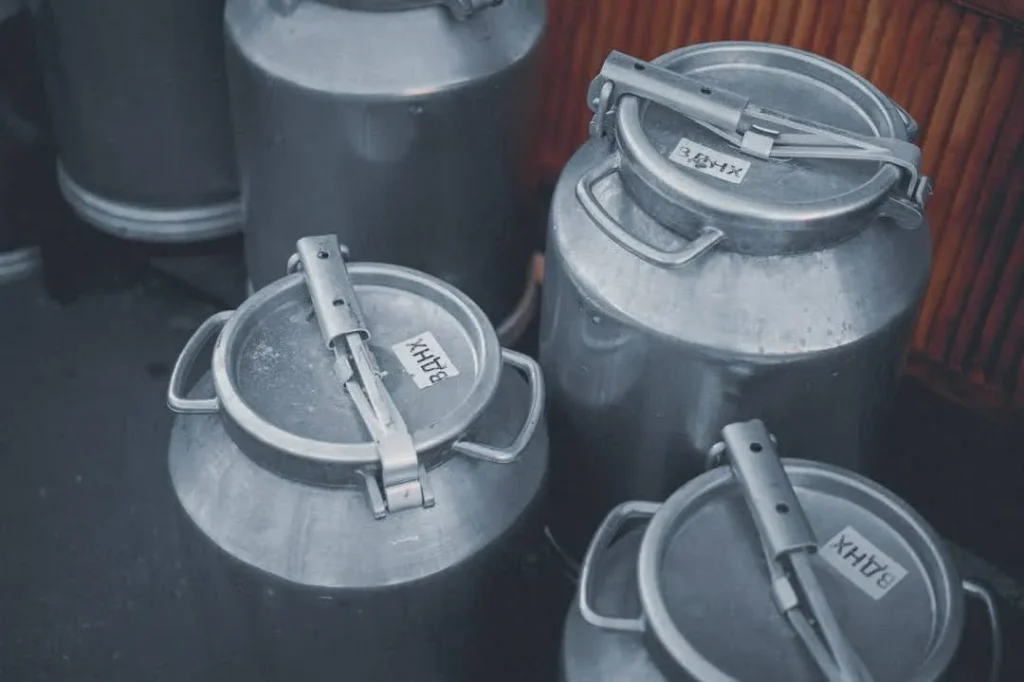In the world of computers and gaming, you might have heard the term “CPU bottleneck” thrown around. But what does it mean, and how serious is it? A CPU bottleneck occurs when your computer’s central processing unit (CPU) can’t keep up with the demands of the rest of the system, particularly the graphics processing unit (GPU). This can result in poor performance, lag, and a less-than-ideal user experience. But just how bad is a CPU bottleneck, and what can you do about it? Let’s explore.
A CPU bottleneck happens when the CPU is the limiting factor in a computer’s performance. Think of it like a narrow bridge on a busy highway. Even if the road leading to and from the bridge has multiple lanes and can handle heavy traffic, the narrow bridge (or bottleneck) slows everything down. In computing, if your CPU can’t process data as quickly as your GPU or other components, it becomes the bridge that slows everything down.
How to Identify a CPU Bottleneck
Identifying a CPU bottleneck isn’t always straightforward, but some signs can point to this issue:
- Low Frame Rates: If your games or applications are running at lower frame rates than expected, it could be due to a CPU bottleneck.
- High CPU Usage: If your CPU usage is consistently at or near 100% while other components aren’t fully utilized, you might have a bottleneck.
- Stuttering and Lag: Noticeable stuttering, lag, or delays in performance can indicate that your CPU is struggling to keep up.
How Serious Is a CPU Bottleneck?

The seriousness of a CPU bottleneck depends on several factors, including the type of applications you use, the specifications of your components, and your performance expectations.
1.Impact on Gaming
For gamers, a CPU bottleneck can significantly impact the gaming experience. Games that rely heavily on CPU calculations, such as strategy or simulation games, may experience more pronounced bottlenecks. This can lead to lower frame rates and an overall choppy experience, affecting your enjoyment and performance in the game.
2.Impact on Other Applications
While gaming is often where CPU bottlenecks are most noticeable, other applications can be affected too. Video editing, 3D rendering, and other CPU-intensive tasks may suffer from slower processing times, reduced productivity, and frustration due to lag.
3.Long-Term Effects
A consistent CPU bottleneck can lead to long-term issues, such as increased wear and tear on your CPU. When the CPU is constantly maxed out, it generates more heat, which can lead to thermal throttling and potentially shorten the lifespan of your CPU.
4.Causes of CPU Bottlenecks
Understanding the root causes of CPU bottlenecks can help you address and potentially solve the problem.
5.Mismatched Components
One of the most common causes of CPU bottlenecks is mismatched components. If you have a high-end GPU paired with an entry-level CPU, the CPU may not be able to keep up with the GPU’s capabilities.
6.Software Issues
Sometimes, a CPU bottleneck isn’t due to hardware limitations but rather software issues. Poorly optimized software, outdated drivers, or background processes hogging resources can all contribute to a bottleneck.
7.Insufficient Cooling
If your CPU isn’t adequately cooled, it may overheat and throttle its performance to prevent damage. This can create a bottleneck even if your CPU is capable of handling the workload under normal conditions.
Solutions to CPU Bottlenecks?

1.Upgrade Your CPU
If your CPU is the weak link in your system, upgrading to a more powerful model is one of the most effective solutions. A faster CPU can handle more calculations and keep up with high-performance GPUs.
2.Optimize Software
Ensure your software is optimized for performance. Update your drivers, close unnecessary background applications, and check for software updates that may improve efficiency.
3.Improve Cooling
Enhancing your cooling system can prevent thermal throttling. Consider adding more fans, using a better CPU cooler, or improving airflow within your case to keep temperatures in check.
Read more:Can CPU Bottleneck Cause FPS Drop
4.Balance Your System
When building or upgrading a PC, aim for a balanced system where the CPU, GPU, and other components complement each other. This approach helps prevent bottlenecks and ensures smooth performance across the board.
Conclusion
How Bad Is A CPU Bottleneck? A CPU bottleneck can be a significant issue, particularly for gamers and those using resource-intensive applications. However, by understanding the causes and implementing solutions like upgrading your CPU, optimizing software, improving cooling, and balancing your system, you can mitigate the effects of a bottleneck. Whether you’re building a new PC or optimizing an existing one, keeping an eye on potential bottlenecks will help ensure a smoother and more enjoyable computing experience.
In summary, while a CPU bottleneck can be problematic, it’s not an insurmountable issue. With the right approach and adjustments, you can keep your system running efficiently and enjoy the performance you expect from your hardware.
